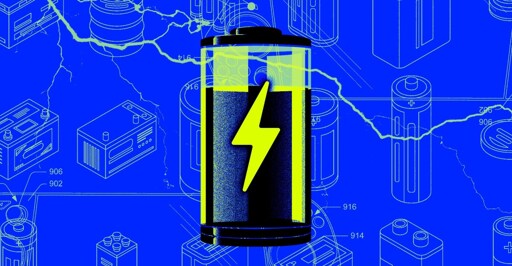Tech manufacturers continue misleading consumers with impressive-sounding but less useful specs like milliamp-hours and megahertz, while hiding the one measurement that matters most: watts. The Verge argues that the watt provides the clearest picture of a device’s true capabilities by showing how much power courses through chips and how quickly batteries drain. With elementary math, consumers could easily calculate battery life by dividing watt-hours by power consumption. The Verge:
The Steam Deck gaming handheld is my go-to example of how handy watts can be. With a 15-watt maximum processor wattage and up to 9 watts of overhead for other components, a strenuous game drains its 49Wh battery in roughly two hours flat. My eight-year-old can do that math: 15 plus 9 is 24, and 24 times 2 is 48. You can fit two hour-long 24-watt sessions into 48Wh, and because you have 49Wh, you’re almost sure to get it.
With the least strenuous games, I’ll sometimes see my Steam Deck draining the battery at a speed of just 6 watts – which means I can get eight hours of gameplay because 6 watts times 8 hours is 48Wh, with 1Wh remaining in the 49Wh battery.
Unlike megahertz, wattage also indicates sustained performance capability, revealing whether a processor can maintain high speeds or will throttle due to thermal constraints. Watts is also already familiar to consumers through light bulbs and power bills, but manufacturers persist with less transparent metrics that make direct comparisons difficult.



Your battery illustrates that; 9.9Ah * 3.7V is, indeed 36.63Wh. Buying anything without trust in the seller or verification by a third party is a crapshoot.
That’s true, but this one came from a known (local) vendor. I took it back, and they were happy to refund it. Since they were gonna toss it, I asked if I could keep it (it works well enough to power an ESP32).
I’d be a little concerned about safety. A manufacturer or distributor that’s willing to lie so blatantly about capacity might also be willing to sell cells that failed QC.
Yep. It’s for an outdoor weather node on a metal pole, so damage would be fairly minimal if it had a bad day. It’s also only charging at like 200 mAh (max) since it’s got only a small 1W solar panel hooked to the charge controller. The only other concern would be summertime temperature, but I worry about that regardless of the cell.